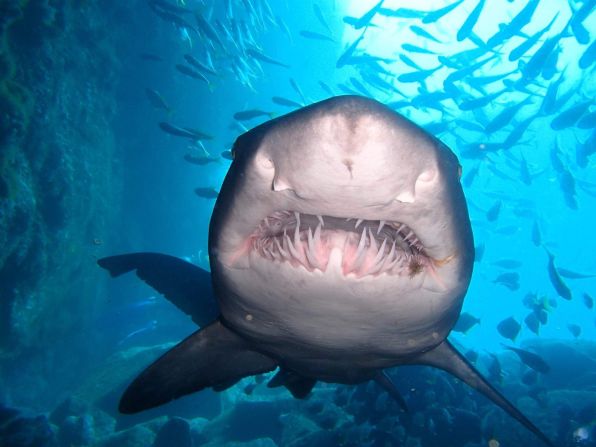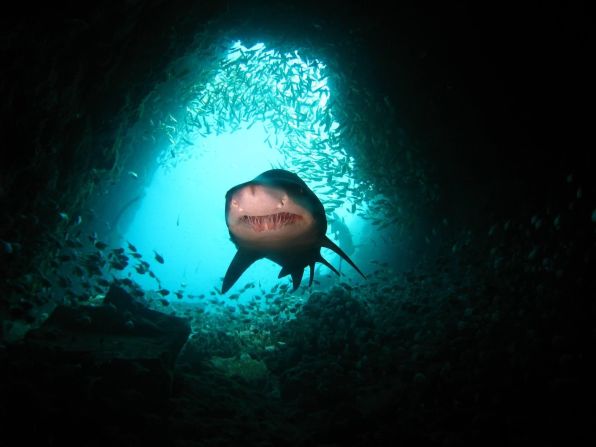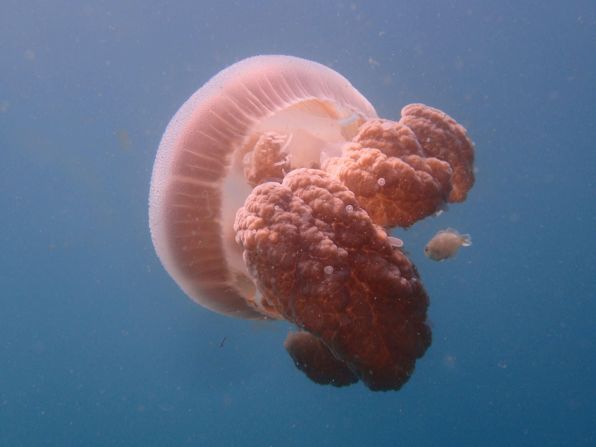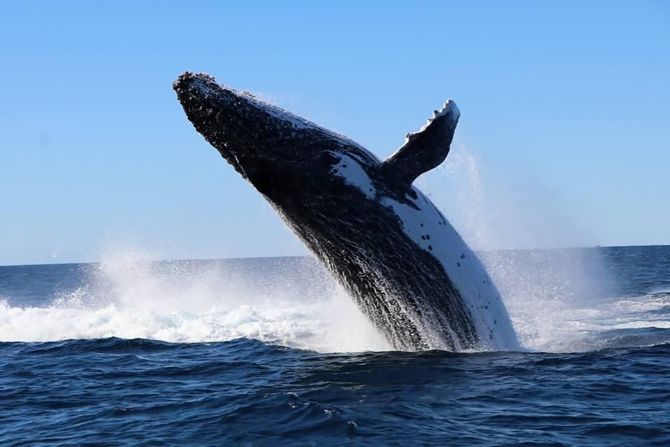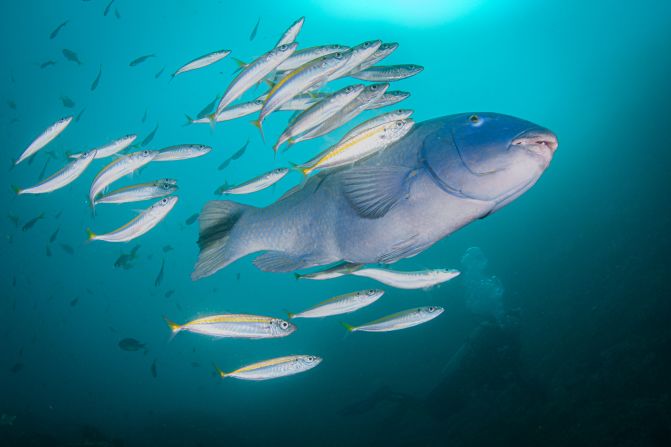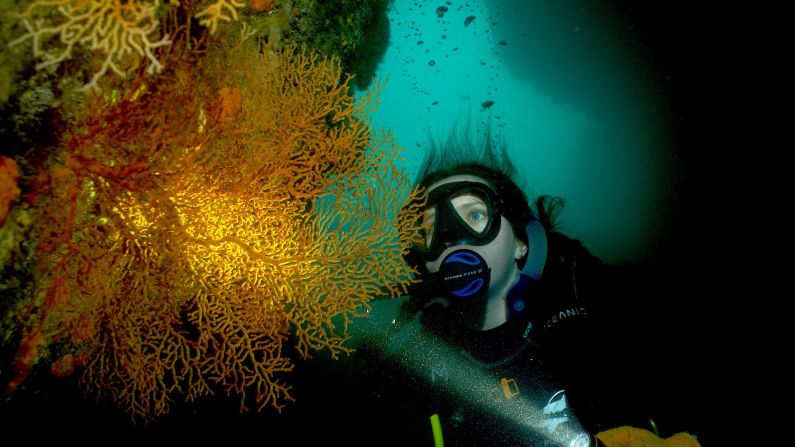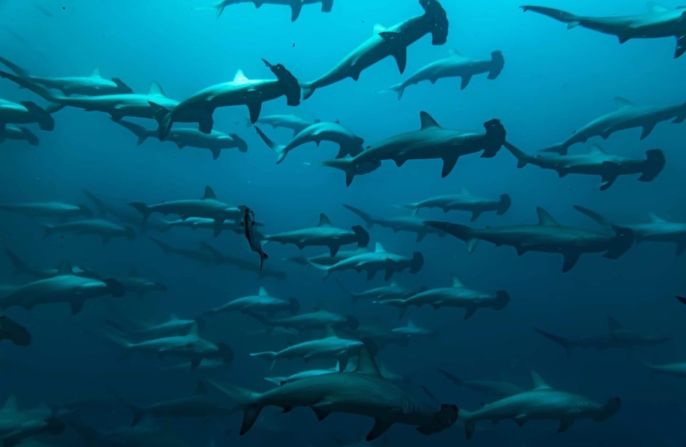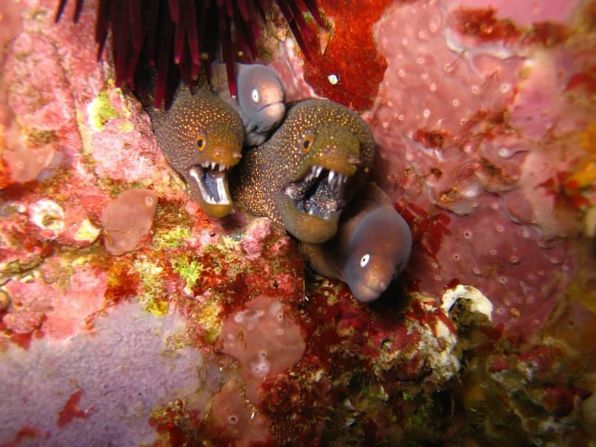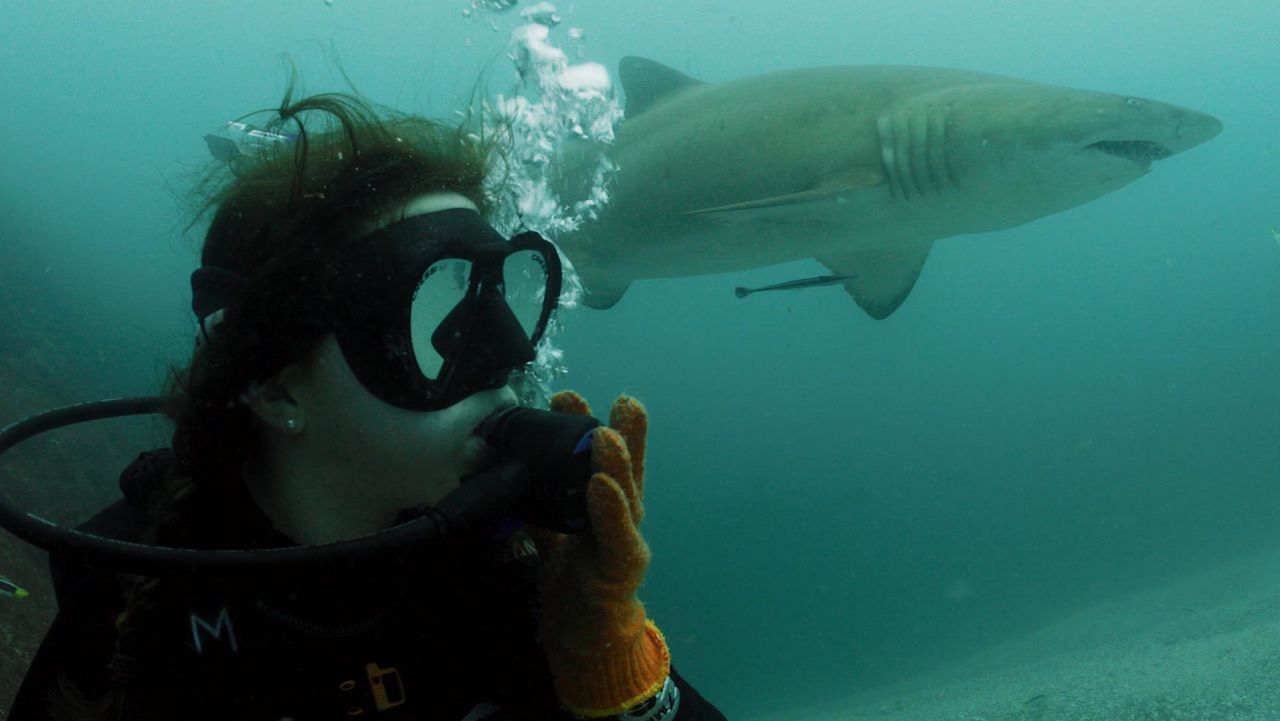With a menacing grin, needle-like teeth, and a sharp pointed snout, a gray nurse shark isn’t a creature that most people would want to encounter. But Shalise Leesfield isn’t most people.
The 16-year-old Australian couldn’t think of a better creature to meet when scuba diving off the coast of South West Rocks, near her home in Port Macquarie, a coastal town north of Sydney.
“I know there’s a huge stigma around how scary they can look, but I promise you they are the sweetest animals ever,” she says. “They’re so docile and so curious, they’re like the Labradors of the sea.”
The slow-moving sharks, which like to dwell near the sea floor in warm, shallow waters, are – for the most part – harmless to humans. But the gray nurse shark (also known as the sand tiger shark and the spotted ragged-tooth shark) is under threat. Populations have fragmented, habitats have been lost due to ocean warming and human development, and extensive fishing has led to a huge decline in numbers, according to the IUCN, which lists the species as critically endangered.
One area where they can still be spotted is Fish Rock, an underwater cavern with a vibrant and unique ecosystem, 40 miles up the coast from Leesfield’s home.
“A beacon of hope”
Diving in the 410-foot-long tunnel, among the pink gorgonian corals and sponge gardens, is an “adrenaline rush,” says Leesfield. As well as gray nurse sharks, whales, stingrays, grouper fish and many more marine species can be seen there.
But recreational, professional and charter fishers are allowed access within 200 meters (656 foot) of Fish Rock, so long as they use a special vegetable-derived bait. This is leading to a decline in biodiversity and increased pollution, says Leesfield. She wants to extend the no-fishing area, establishing a 1,500 meter (5,000 foot) protected “sanctuary zone,” to reflect studies that have found gray nurse sharks migrating up to that point.
Her campaign has already seen the area nominated as a Hope Spot, which is part of the Mission Blue program launched by renowned oceanographer Sylvia Earle that identifies places as critically important to the ocean’s health and supports protection. This has helped to raise awareness of the fragility of both the area and gray nurse sharks, says Leesfield.
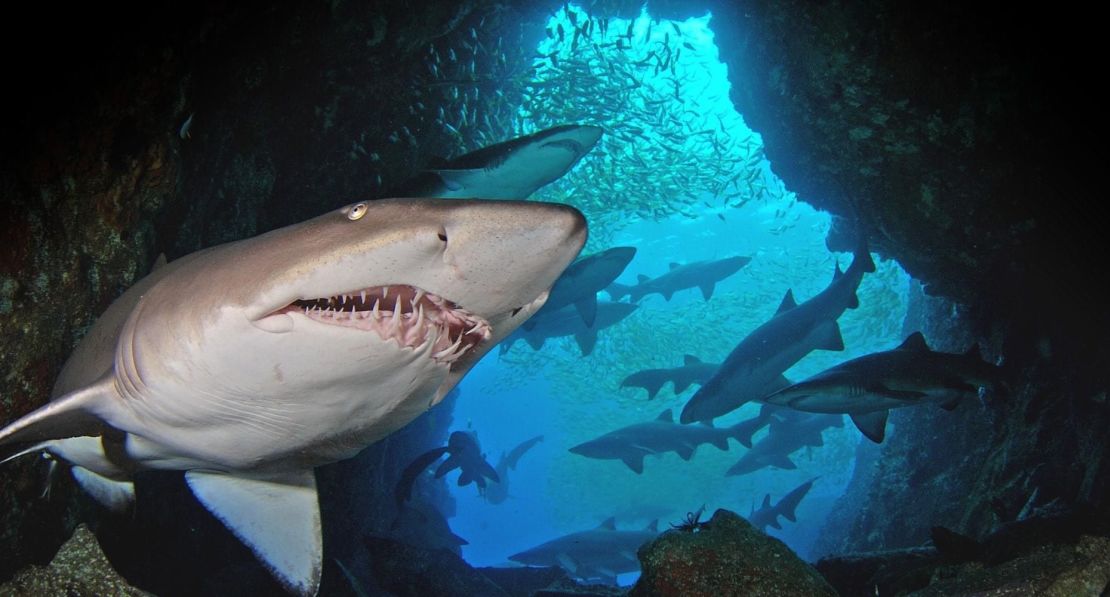
“When people think about Hope Spots, they think about Sydney Harbour or the Great Barrier Reef … so to get Fish Rock up on that platform is just such incredible news,” she says. “I love to call Fish Rock a beacon of hope for these sharks, because it’s their home … It’s just such a crucial place for them and to not have protection for such an important habitat, it’s devastating.”
Related: Noise pollution is killing whales, but this technology could help
Currently, Leesfield is working with politician Cate Faehrmann, member of parliament and marine spokesperson for the Australian Greens party in New South Wales, to legalize protection of the sharks and implement a no fishing zone in the area.
Faehrmann explains that Fish Rock is a critical breeding ground for gray nurse sharks. “It must be protected to ensure the shark’s survival,” she says, adding that she’s proud to have worked with Leesfield. “Shalise is part of a new generation of campaigners speaking up for the environment and our future is a lot brighter as a result of their passion and determination to save our planet and our precious wildlife.”
Not her first rodeo
For someone who hasn’t yet left high school, this sounds like an impressive feat, but Leesfield’s track record in conservation goes beyond protecting gray nurse sharks.
Aged 11, after noticing the damage plastic pollution can do to the marine environment, she started a campaign that called for fishing line collection bins to be installed in her local area, in order to reduce ocean pollution. It resulted in a government environmental grant worth more than $75,000 AUS ($48,000).
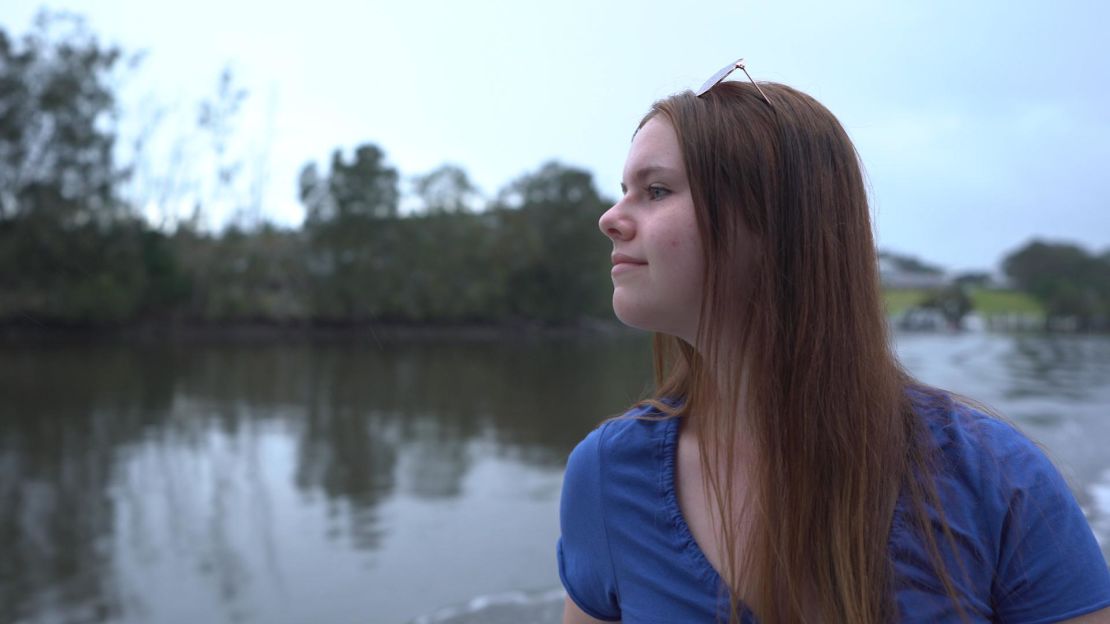
Since then, she has founded “Shalise’s Ocean Support” which aims to inspire people to take care of the environment, and started a “Plastic Free Schools” website which advises teachers and students on reducing school waste.
Related: Scientists are fighting to protect a shark and turtle ‘superhighway’
Leesfield’s dedication to the cause comes from a deep love of the ocean that grew from her experiences of kayaking and scuba diving.
“I guess falling in love with the sea over time made my passion grow and made me stand up for what I really love,” she says.
She believes that the younger generation needs to get out of the mindset that saving the environment is something that should be “left up to the adults.”
“We are the ones that will be inheriting the Earth and the ocean,” she says.

